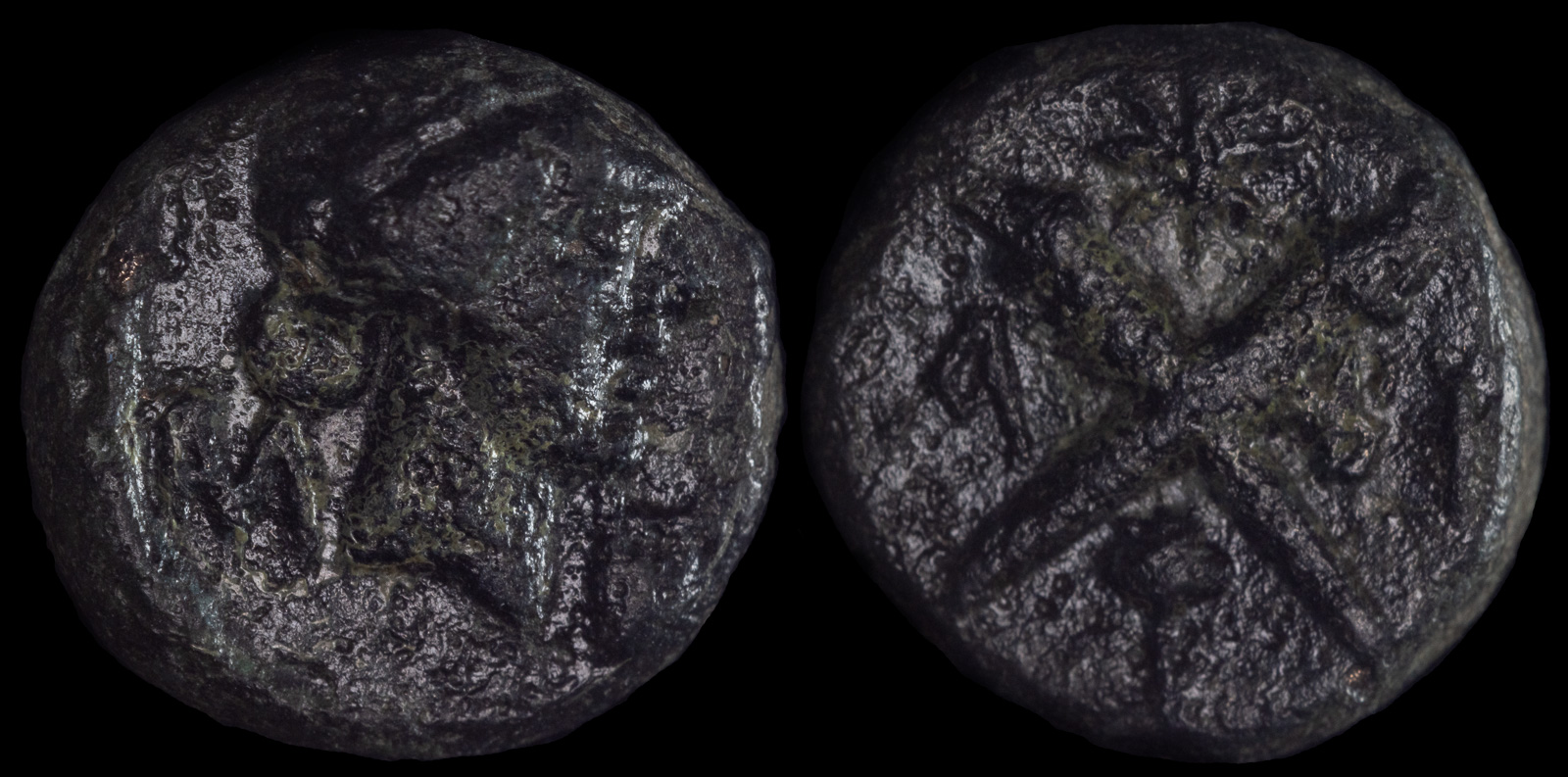Bow
View All Tags
One of the most prominent types of bow used by the Greeks was the composite bow. This bow, which originated in the Near East, was made from a combination of materials like wood, horn, and sinew, which were laminated together to create a more powerful and durable weapon. The composite design allowed for a shorter bow that could deliver a stronger shot than the longbows commonly used in earlier periods. The Greeks began to use composite bows during their interactions with Eastern cultures, especially through trade and military conflicts. These bows were used by both Greek infantry and cavalry, and their design was perfect for mounted archers, such as the Thracians and Scythians, who were known for their proficiency with bows.
The longbow, on the other hand, was less commonly associated with ancient Greek and Roman armies but was still used in certain regions. The Greek longbow was typically made from a single piece of wood, often yew or juniper, and was longer and less powerful than the composite bow. It was more straightforward in construction, making it easier to produce, but it lacked the compactness and power of composite designs. Longbows were particularly used in siege warfare or by Greek mercenaries who might have adopted the weapon from other cultures. Roman archers, too, used a variety of bows, but their preference leaned more towards the composite bow due to its range and power, which gave Roman archers a significant advantage in battle.
In Rome, the arcus (the Roman term for bow) was used by both infantry and cavalry. The Roman composite bow was similar to its Greek counterpart but was adapted to suit Roman military needs. The auxiliary troops of the Roman army, such as Celtic and Numidian archers, employed bows that were also composite in nature. These archers were integral in Roman military tactics, especially in battles where archers could weaken enemy forces before close combat with infantry and cavalry. The sagittarii, Roman archers, were highly valued for their ability to shoot arrows that could pierce armor and deliver devastating strikes over long distances. In some cases, the Romans employed crossbows (although they were less common than traditional bows) as the technology spread from the East.
Mounted archery was particularly important in both Greek and Roman military tactics, and the bows used by cavalry were often shorter and lighter than those used by infantry. These short bows allowed mounted archers to shoot quickly and efficiently while on horseback. Both the Greek and Roman armies recognized the tactical advantage of archers in creating confusion and disrupting enemy lines from a distance.

Abydos, Troas 300 BCE

Abydos, Troas 3rd century BCE
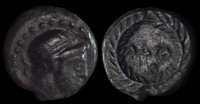
Adramyttion, Mysia 3rd century BCE
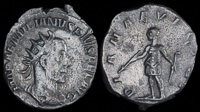
Aemilian 253 CE

Akmoneia, Phrygia 2nd-1st centuries BCE
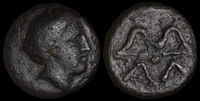
Alea, Arkadia 390-370 BCE
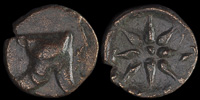
Amisos (?), Pontos 130-100 BCE

Amyzon, Caria ca 150-100 BCE

Anaia, Karia 300-200 BCE
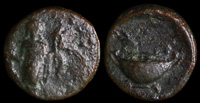
Anaphe, Cyclades 300-200 BCE
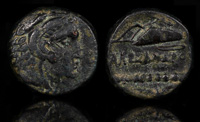
Androkles of Amathos 325-323 BCE

Apollonia ad Rhyndakum, Mysia 2nd-1st century BCE
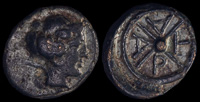
Artake, Mysia 4th century BCE
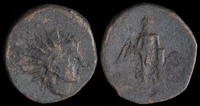
Arykanda, Lycia 200-100 BCE
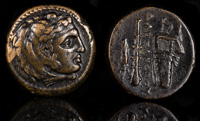
Asandros 323-319 BCE
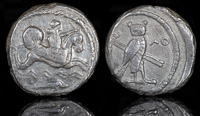
Azemilkos of Tyre 340/39 BCE
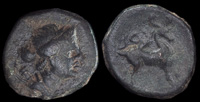
Bubon, Lycia 2nd-1st century BCE
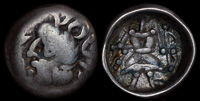
Dahae of Khorezmia 250-130 BCE
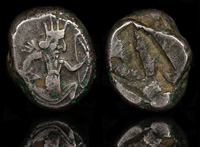
Darius III 375-340 BCE
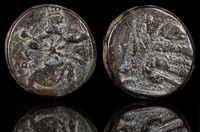
Ephesos Hinterlands 350-333 BCE
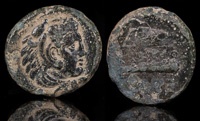
Erythrai, Ionia 4th century BCE
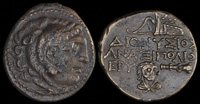
Erythrai, Ionioa 275-220 BCE
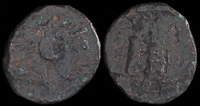
Euhesperides, Kyrenaic. 322-313 BCE
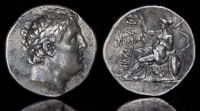
Eumenes I 255-241 BCE
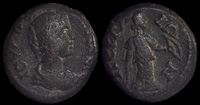
Julia Domna (Perge) 160-217 CE
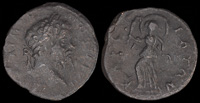
Kaphyai, Achaia 193-211 CE
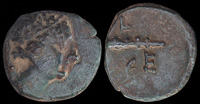
Keraitai, Pisidia 100-70 BCE
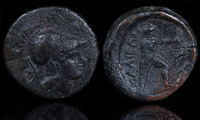
Lamia, Thessaly 325-300 BCE
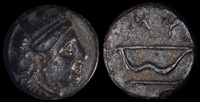
Lesbos, Mytilene 3rd century BCE

Lykkeios 359-335 BCE

Magnesia ad Sipylum, Lydia 2nd-1st century BCE
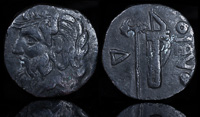
Olbia, Skythia 330-320 BCE
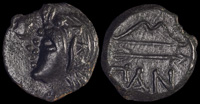
Pantikapaion 300 BCE
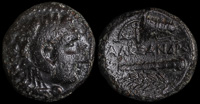
Pasikrates of Kourion, 325 BCE
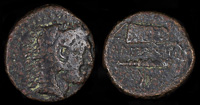
Pasikrates of Soloi 330-310 BCE

Peithon son of Agenor 317-311 BCE
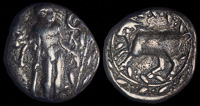
Phaistos, Crete 330-320 BCE
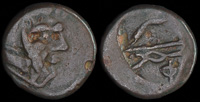
Phangoria, Bosporos ca 4th-3rd centuries BCE
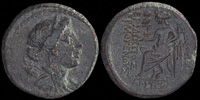
Philadelphia, Lydia 2nd-1st centuries BCE
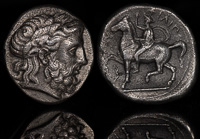
Philip II 354-349 BCE
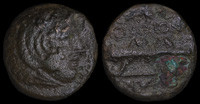
Philippi, Macedon 360-356 BCE
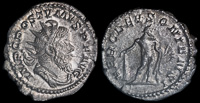
Postumus 260 CE

Ptolemy II of Telmessos, 196-189 BCE

Syennesis 440-400 BCE

Tauric Chersonesos, Chersonesos 300-290 BCE
